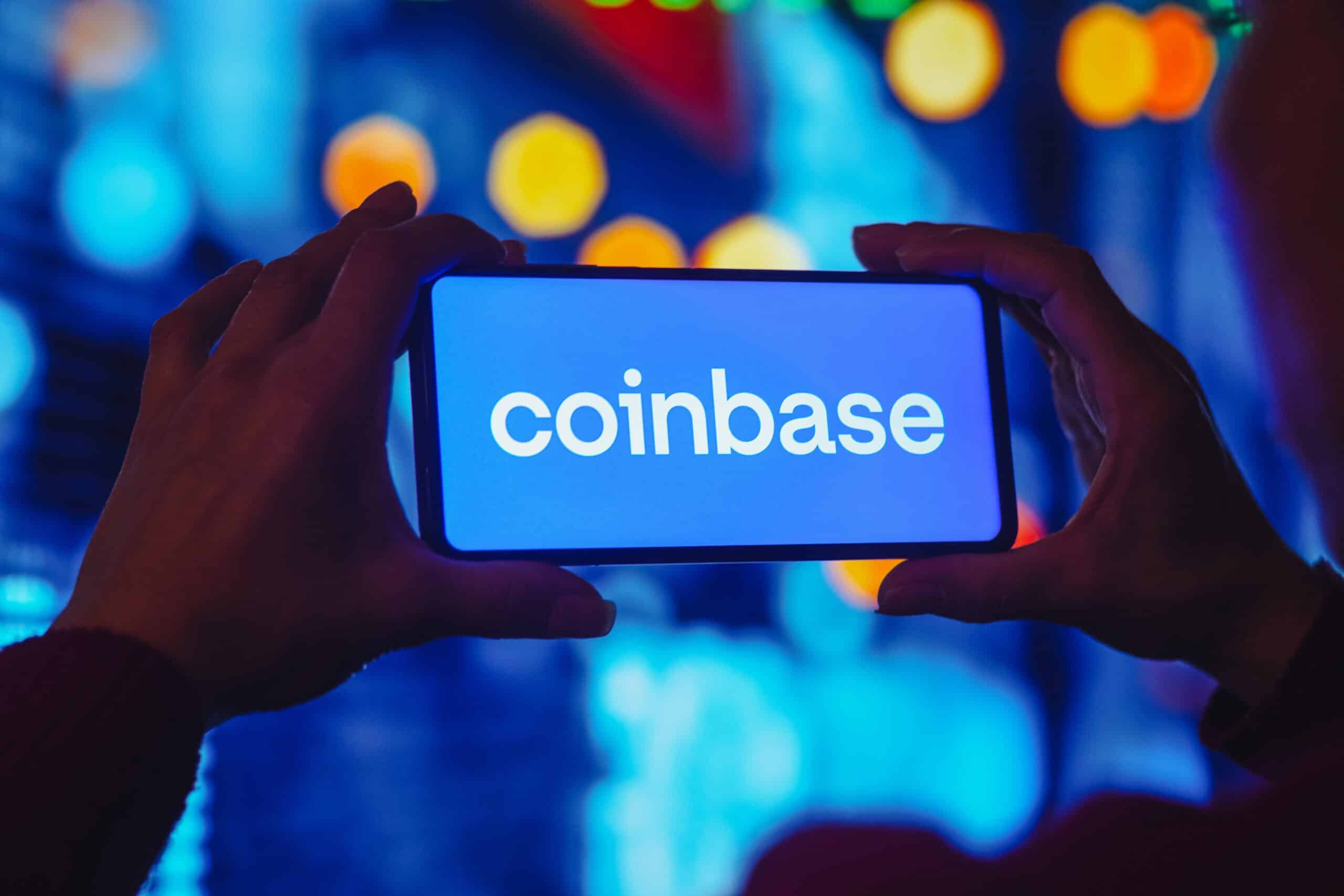Coinbase said its layer 2 project Base garnered the most interest from investors during the firm’s Q1 earnings call on Thursday after the exchange soared past analyst estimates and posted $1 billion in adjusted EBITDA (earnings before income, taxes, depreciation and amortization) for the quarter — which is more than the $978 million in EBITDA it generated for the entire 2023 fiscal year.
Consumer exchange transactions created almost $1 billion in revenues, almost two-thirds of Coinbase’s $1.6 billion total quarterly revenue, but Coinbase Chief Financial Officer, Alesia Haas said Base sequencer fees — earned by Coinbase for batching Base transactions and relaying them to the Ethereum blockchain — were the primary driver of revenue growth in the company’s new financial statement line item, “other transaction revenue,” which recorded $56 million in revenue for the quarter. The new category also includes payment related revenue from consumers.
Read more: What Base’s Rapidly Growing Revenue and Usage Means for Coinbase Stock
While Base generated only a fraction of what Coinbase’s primary exchange business brought in, its potential to one day become a significant revenue and earnings generator made it the star of Thursday’s earnings call. “How profitable has the Base network been?” was the most upvoted investor question, according to Coinbase VP of Investor Relations, Anil Gupta.
“I’d like to spotlight our layer 2 solution, Base,” said Coinbase CEO and Co-founder Brian Armstrong during the call. “Base is now the number one layer two solution by number of transactions processed, a huge accomplishment.”
Like Broadband for Crypto
Armstrong compared Base and other layer 2 solutions to broadband Internet and said layer 1 platforms like Ethereum are more like dial-up.
The 41-year-old billionaire executive may have a point. Armstrong said that in the last 30 days, Base has processed more transactions than any other layer 2 network, and handled more than twice the number of transactions processed by the Ethereum blockchain itself during that same period.
Read more: Coinbase Adopts New Crypto Accounting Standards Early, Boosting Q1 Results
Developers have also jumped onto the bandwagon and Base has seen an eight-fold increase in developer activity in Q1, according to Armstrong.
“We’ve made Base faster and cheaper to use, with fee reduction by about 80% through protocol upgrades, and our fees are now often below 1 cent,” Armstrong explained. “Layer 2 solutions help blockchains scale, similar to when the Internet moved from dial-up to broadband, and we believe this scaling will drive many new use cases in the crypto economy,” he added.
Use Cases
When Base debuted in August 2023, one of its earliest successes was the decentralized social media platform Friend.Tech. Its popularity shifted from one extreme to another, going viral for a while before being pronounced “dead” a few days later.
An updated version of the platform was created and an airdrop for the platform’s token FRIEND was carried out, but the token’s value dropped precipitously in early morning trading on Friday.
Farcaster is another social media app on Base that has attracted much fanfare. Its developers describe it as a “sufficiently decentralized public social network similar to Twitter and Reddit.”
Read more: Farcaster Wants to Win Over Crypto. Here’s How It’s Different From ‘Crypto Twitter’
The platform is now enjoying a surge in daily active users to the tune of approximately 40,000 users per day, according to data from The Block.
Base also supports hundreds of tokens such as Degen, Dai and Coinbase’s own stablecoin, USDC which has the largest market capitalization of all assets on the platform – more than $33 billion at the time of reporting, according to data from CoinGecko.
The proliferation of apps and tokens on Base, as well the integration of USDC, are all part of Coinbase’s stated strategy of using the platform to expand the utility of crypto.
“We’re also integrating USDC on Base across Coinbase products, creating nearly free instant global payments in a USD-denominated asset,” Armstrong explained on the call. “This is a really, really big deal, as we now have direct line of sight to update the global financial system.”


